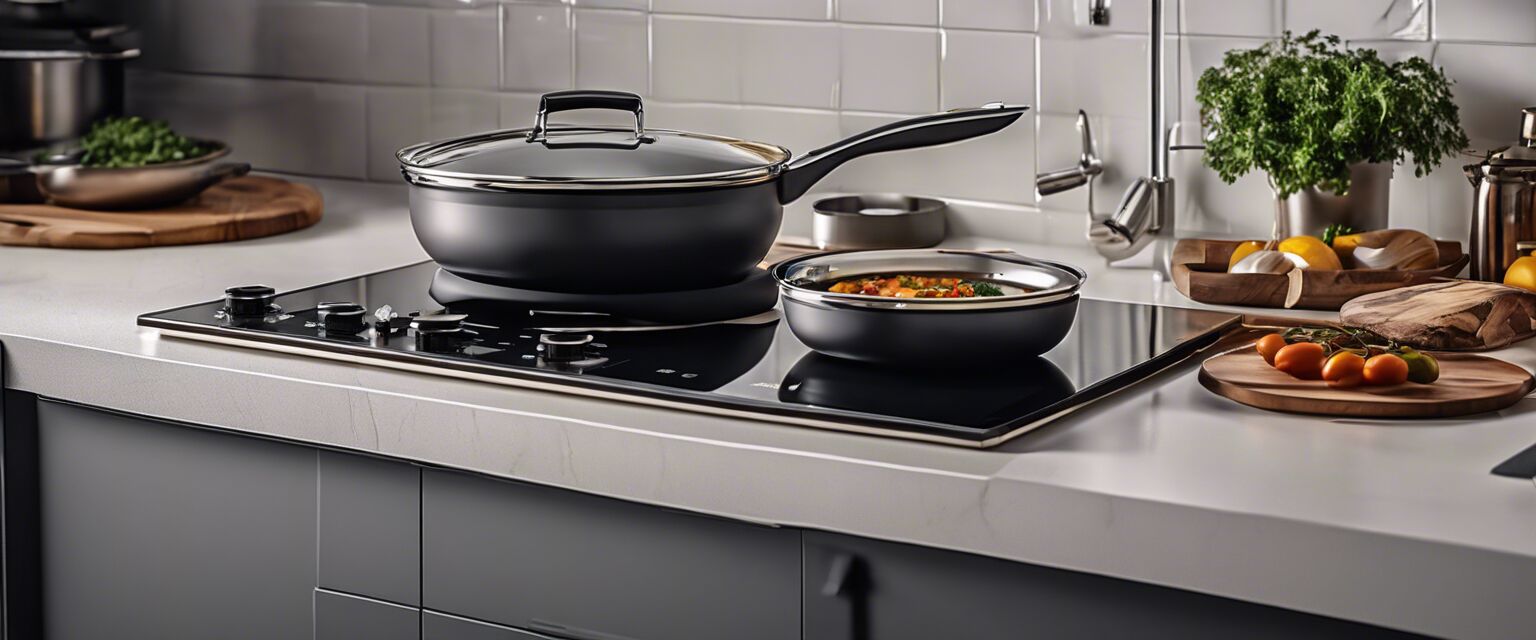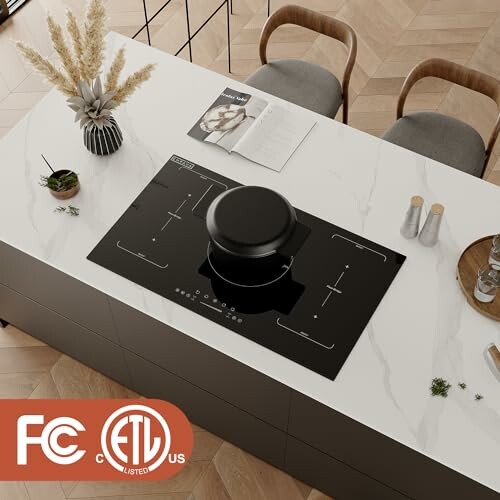
Induction Cooktops vs. Traditional: What You Need to Know
Key Takeaways:
- Induction cooktops are more energy-efficient than traditional methods.
- Safety features in induction cooktops reduce risks of accidents.
- The cooking speed of induction is faster than gas or electric cooktops.
- Induction technology requires compatible cookware.
- Long-term cost savings can be realized with energy-efficient appliances.
If you're looking to upgrade your kitchen technology, understanding the differences between induction cooktops and traditional cooking methods is essential. In this guide, we’ll delve into how these cooking technologies compare in terms of efficiency, safety, and overall advantages. The goal is to empower you to make an informed decision that suits your cooking style and needs.
Understanding Induction Cooking
Induction cooking uses electromagnetic energy to heat pots and pans directly. This method relies on a magnetic field that creates heat within the cookware, as opposed to heating the cooktop itself. Here are some key features of induction cooktops:
- Quick Heating: Induction cooktops heat up much faster than traditional cooktops.
- Precision Control: Allows for precise temperature control, making it easier to avoid overcooking.
- Easy Cleaning: The cooktop remains cool with induction cooking, preventing spills from baking onto the surface.
- Safety Features: Induction cooktops often include features like automatic shut-off and child safety locks.
Product Spotlight: Empava 36 Inch Induction Hob Electric Cooktop
Empava 36 Inch Induction Hob Electric Cooktop
This sophisticated induction cooktop features 5 burners, a sleek design, and advanced safety features like child lock and auto pan detection.
Learn MoreTraditional Cooking Methods Overview
Traditional cooking methods generally include gas and electric cooktops, which rely on heating the cooktop surface before warming the cookware. Consider the following:
- Gas Cooktops: Provide immediate heat and temperature adjustments but can be harder to control.
- Electric Cooktops: Offer even heating but take longer to cool down after use.
- Experience and Familiarity: Many cooks prefer traditional methods due to familiarity and established techniques.
Comparison of Induction Cooktops and Traditional Cooking Methods
| Feature | Induction Cooktops | Traditional Cooktops |
|---|---|---|
| Heating Method | Electromagnetic energy heats pots directly | Heat is transferred from cooktop to cookware |
| Efficiency | 90-95% energy efficiency | 60-70% energy efficiency |
| Speed | Fast cooking times | Slower cooking times |
| Safety | Cool-to-touch surface; safety features included | Hot surfaces pose burns risks; less safety features |
| Cleaning | Easy clean-up; spills do not cook onto surface | Requires more effort to clean |
Advantages of Switching to Induction Technology
- Energy Savings: Induction cooktops use less energy and can reduce utility bills.
- Speed: Cook meals faster without compromising quality.
- Enhanced Safety: Safety features provide peace of mind while cooking.
- Precise Cooking: Reliable control allows for consistent results.
- Modern Appeal: Induction cooktops often have a sleek, modern design that enhances kitchen aesthetics.
Additional Resources to Consider
If you are considering making the switch to induction cooking, we recommend exploring the following resources:
- Induction Cooktops Guide
- Buying Guides for Smart Kitchen Appliances
- Smart Kitchen Tips for Modern Cooking
- Explore Our Selection of Induction Cooktops
- Smart Ovens: An Advanced Cooking Solution
Conclusion
The choice between induction cooktops and traditional cooking methods ultimately comes down to personal preference and cooking habits. However, understanding the benefits that induction technology brings can help you make a more informed decision. Whether you prioritize energy efficiency, safety, or speed, induction cooking systems are worth considering as you modernize your kitchen.
Tips for a Successful Transition
- Ensure your cookware is compatible with induction cooktops.
- Begin by trying induction for a few meals to get accustomed to the technology.
- Keep your cooktop clean to maintain its efficiency and appearance.
- Read the user manual for specific features and settings related to your induction cooktop.
